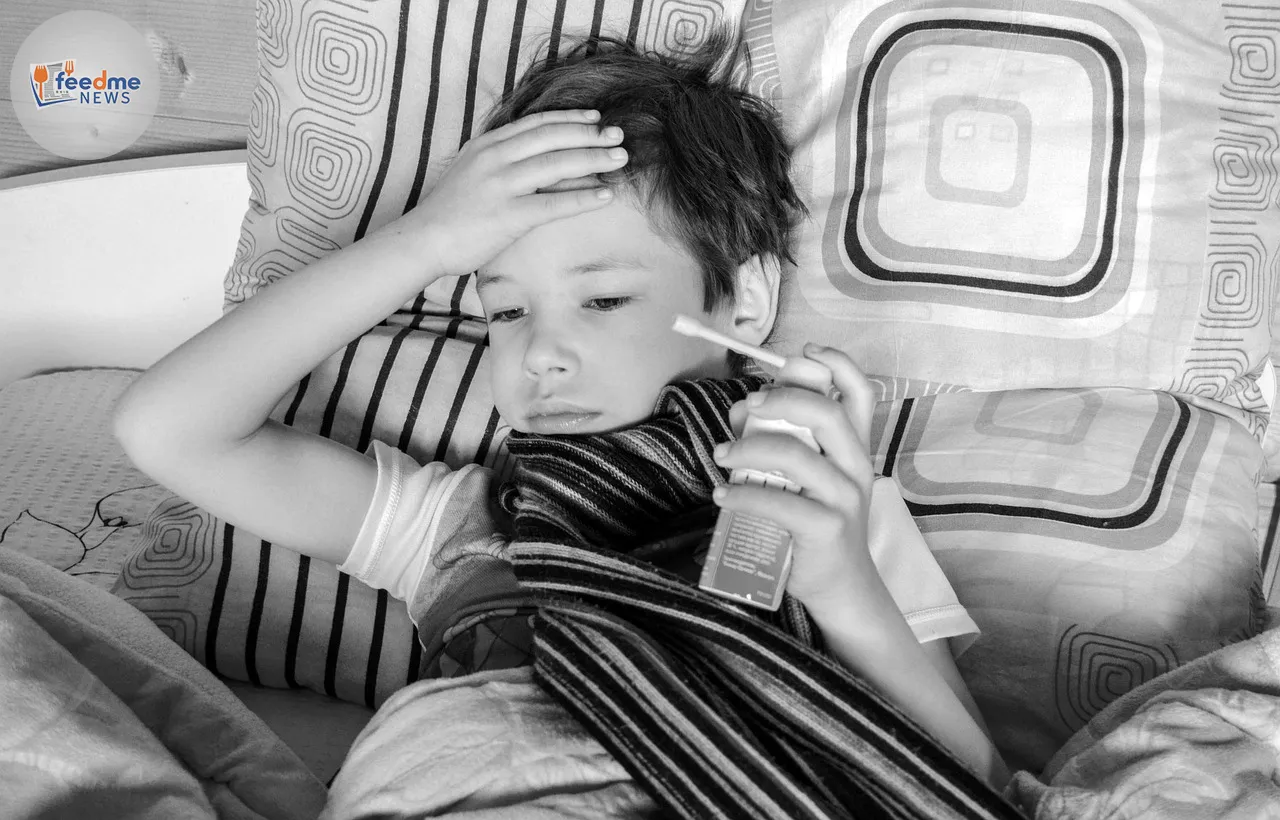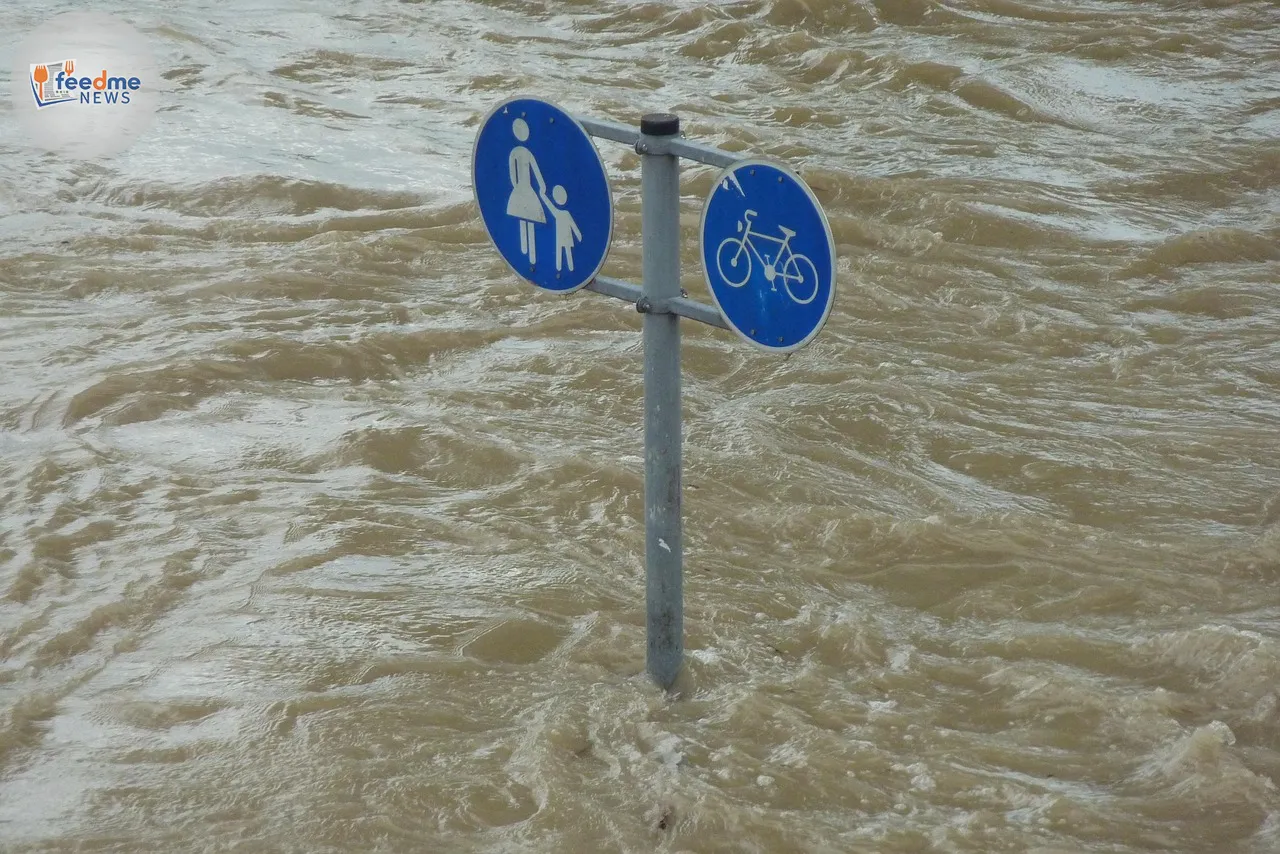The harrowing revelation that both of her young children had been sexually abused by a trusted caretaker’s partner left a mother devastated and searching for answers. This tragic discovery, which involved her children aged four and two, plunged the family into a world of sorrow and silence, highlighting the profound challenges faced by victims of abuse and their families. While society often provides rituals and shared language for many traumas, the isolation surrounding child abuse can be suffocating.
The incident underscores the pressing need for a more robust support system for victims and their families, as well as a comprehensive approach to preventing such egregious violations. This article examines the implications of this case and the broader societal issues it brings to light.
The Incident and Immediate Aftermath
The abuse came to light in a small community, where the family had placed their trust in a babysitter, unaware of the lurking danger posed by her partner. The discovery was both shocking and devastating, leaving the mother grappling with the emotional and psychological toll on her family.

In the immediate aftermath, the family faced not only the trauma of the abuse but also the daunting task of navigating a complex and often unsympathetic legal system. The mother described feeling “hollowed out” by the sorrow and the silence that followed, as they struggled to find their footing in a world that seemed to offer little solace or understanding.
The Broader Context of Child Abuse Cases
Child abuse remains a pervasive issue, with statistics showing that many cases go unreported due to fear, stigma, and a lack of resources. According to a 2023 report by the National Society for the Prevention of Cruelty to Children (NSPCC), an estimated one in 20 children in the UK have experienced sexual abuse, highlighting the urgent need for preventive measures and effective intervention strategies.
Experts argue that societal silence and the stigma surrounding child abuse contribute to a culture of secrecy that hinders victims from coming forward. “We need to create an environment where children feel safe to report abuse and where families receive the support they need,” says Dr. Jane Thompson, a leading child psychologist.
The Legal and Social Challenges
Navigating the legal system can be a daunting experience for families affected by child abuse. The process often involves lengthy investigations and court proceedings, which can be retraumatising for victims and their families. This case is no exception, as the family encountered numerous obstacles in their pursuit of justice.
Legal experts emphasise the importance of providing specialised support for families during this challenging time. “The legal system must be equipped to handle such sensitive cases with care and compassion,” notes Sarah Collins, a solicitor specialising in family law. She advocates for reforms that prioritise the well-being of victims and ensure swift and fair resolutions.
The Need for Comprehensive Support Systems
The silence that often follows such traumatic events can be suffocating, as families struggle to find the resources and support they need. In this case, the lack of immediate access to counselling and support services exacerbated the family’s ordeal, leaving them feeling isolated and overwhelmed.
Organisations like the NSPCC and local support groups play a crucial role in providing resources and guidance for affected families. However, experts stress the need for a more integrated approach that includes mental health support, legal assistance, and community outreach to address the multifaceted nature of child abuse.
Towards a Future of Healing and Prevention
The impact of child abuse extends far beyond the immediate victims, affecting families and communities as a whole. As society grapples with the complexities of these cases, there is a growing recognition of the need for preventive measures and comprehensive support systems.
Efforts to educate the public about the signs of abuse and the importance of reporting suspected cases are crucial in breaking the cycle of silence. Additionally, policymakers and community leaders must work together to create a supportive environment that prioritises the safety and well-being of children.
In reflecting on her family’s experience, the mother in this case remains hopeful for a future where her children can heal and thrive. Her story serves as a powerful reminder of the resilience of the human spirit and the urgent need for collective action to protect our most vulnerable members of society.
As the family continues their journey towards healing, their story underscores the importance of breaking the silence surrounding child abuse and advocating for a world where such tragedies are prevented, and justice is served swiftly and compassionately.





